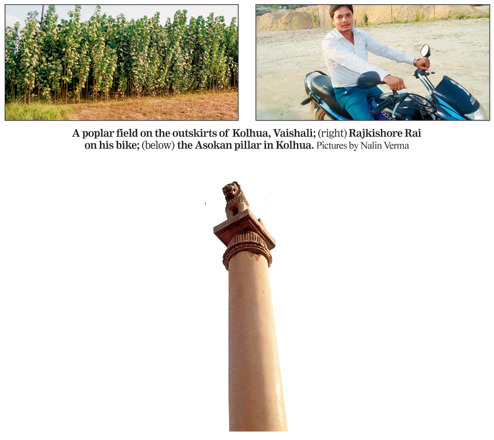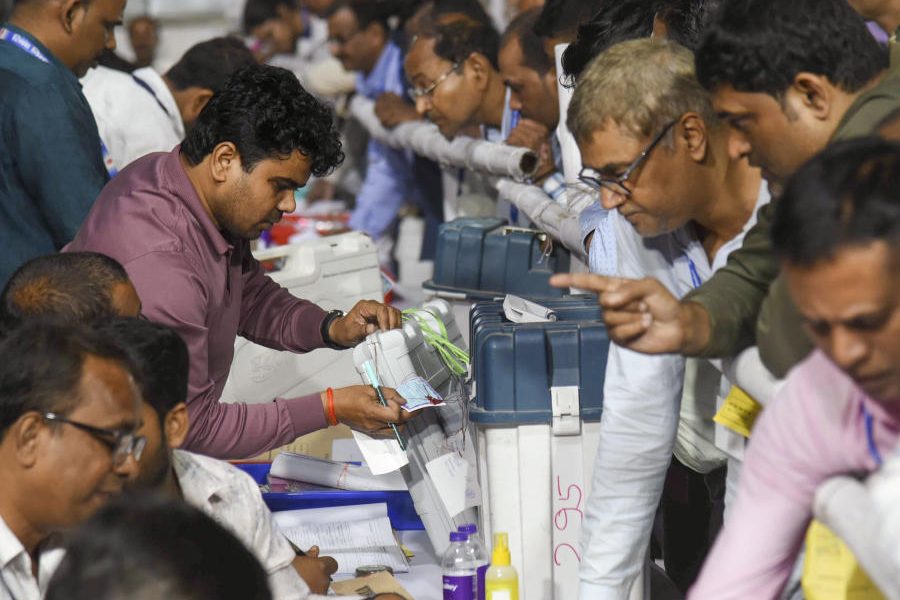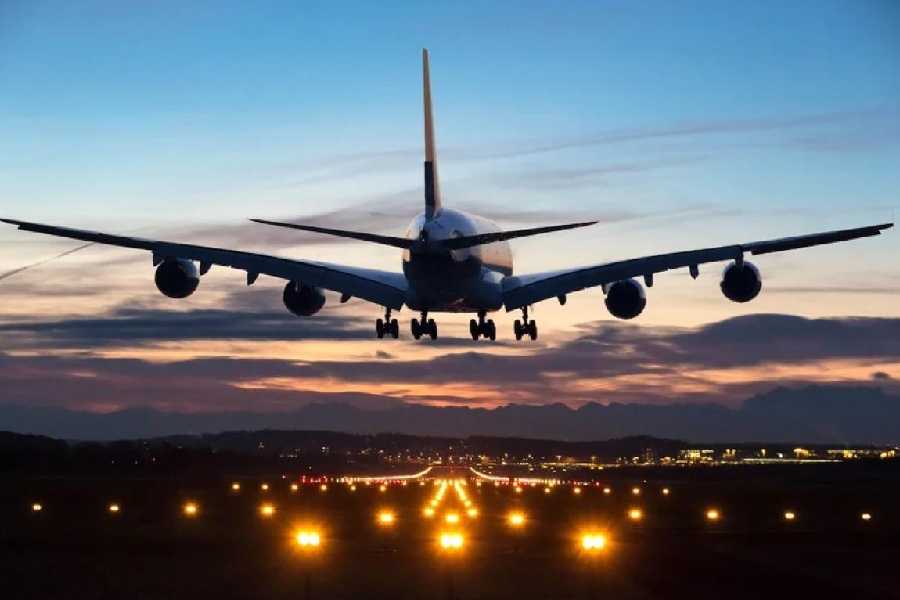
Alarmed at the steep rise in suspended particulate matter in the city's air, the Bihar State Pollution Control Board would hold a meeting on May 6 with government agencies as well as urban development, road and building construction ministers.
Patna is the second most polluted city in India after New Delhi with particulate matter (PM) 2.5in ambient air around 149 microgram per cubic metre in 2013. PM is the pollutant that commonly affects people's health.
Particles come in many shapes and sizes, and can be solid or liquid. Bigger particles are called PM 10 and smaller ones PM 2.5 (particles less than 2.5 microns in size).
According to Bihar State Pollution Control Board, from April 1 to 14, the respirable suspended particulate matter (RSPM) PM10 level in the air was 355, three-and-a-half times the permissible limit of 100. RSPM are fine particulate matter that invade the lungs and trigger respiratory diseases.
Bihar State Pollution Control Boardmember secretary Rakesh Kumar said: "The reason behind the rise in the RSPM level is the widespread construction activities in the city. Dust generated by various construction sites is making a significant contribution to air pollution. High levels of dust, combined with other outdoor air pollutants, can cause respiratory problems. But very few construction firms follow the norms of the Air Pollution Control Ordinance."
Under Air Pollution Control Ordinance (Apco), the main legislative framework governing the control of air pollution activities, emissions from construction activities are subject to control under five regulations. Apco's guidelines state that to lessen the RSPM in the air, sites should use water sprays or tanks. The chief engineer of the building construction department, Ramesh Kumar, who is supervising the construction of the upcoming Bihar Museum, claimed that all Apco norms were being followed. "We use regular water tanks to avoid any pollution," he said.
When The Telegraph asked Bihar State Pollution Control Board member secretary Rakesh if regular tanks were being used at construction sites, he said: "Most sites hardly spray water or use water tanks. They do not cover the construction sites as well."
Residents, too, echoed Rakesh on water tanks not being used regularly. "In the past three months, I have never noticed any water tank spraying water on the road," said Harendra, a clay pot maker, who has his shop opposite to the upcoming museum.
Vinay Kumar, the secretary of Bihar Rajya Pul Nirman Nigam, the agency looking after the construction of an overbridge at Jagdeo Path, said: "We have instructed project engineers to use water tanks and cover construction sites."
Unaware that Apco norms were being violated by the project engineers, he asked The Telegraph: "Can you find dust in the air? Aren't the construction sites covered?"
To compound woes, irregular monitoring by Bihar Rajya Pul Nirman Nigam has led to a rise in pollution level.
For commuters, crossing these construction areas is a nightmare. "The dust is clearly visible in the air. It is really difficult to cross these construction sites. I am concerned for my younger son, who has to take the same route while commuting to school," said Jagdeopath resident Umashankar Ojha.
"Residents commuting through the route or staying near the sites are at high risk to get affected by respiratory and cardiac problems. Inhaled particles may aggravate asthma and bronchitis. Very small particles could even cause cancer. The air pollution can lead to pulmonary exacerbations, decrease in lung functions and even heart stroke," said Amit Sinha, a doctor.










